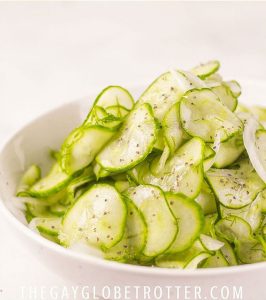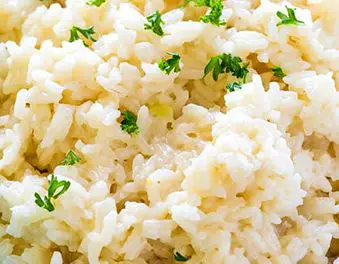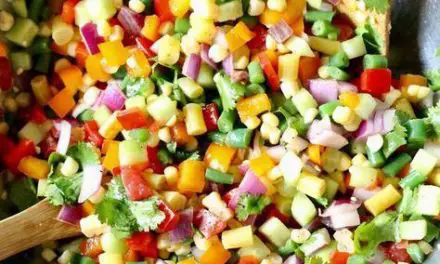High fiber diet is also called high roughage diet, it include foods that have a high amount of fiber. Fiber is the part of fruits, vegetables, and grains that is not broken down by your body. Fiber keeps your bowel movements regular.
down by your body. Fiber keeps your bowel movements regular.
A normal diet with an additional 2 or 3 servings of foods rich in dietary fiber, such as whole grain bread and cereal products, fruits and vegetables.
Characteristic of the High Fiber Diet
- Dietary fiber, also called roughage, is indigestible because it cannot be broken down by digestive enzymes. Some fiber are insoluble (does not readily absorbed in water), and some are soluble (does dissolve in water).
- Insoluble fibers include cellulose, some hemicelulose and lignins. Sources of insoluble fiber include all vegetables, fruit, whole grain bread and cereals, whole grain crackers, brown rice, wheat bran, etc.
- Soluble fibers are gums, pectins, some hemicelulose and mucilages. Sources of soluble fibers are apples, bananas, peaches, broccoli, carrots, cabbage, oats, dried peas, beans, lentils, etc.
- A high fiber diet is generally considered to contain about 25 to 30 grams of dietary fiber per day. The goal of the diet is to increase the intake of the fiber rather than to attain a precise level of intake.
Benefits of High Fiber Diet
- To avoid or relieve hemorrhoids.
- Treatment of irritable bowel syndrome and diverticulosis (defects in the weakened walls of the colon).
- Important in treating diabetes, elevated cholesterol, colon polyps and cancer of the colon.
- A balanced diet containing different kinds of fiber can help regulate the bowels, aid in the prevention of heart disease and protect against a number of other health problems by helping to protect against cancer of the colon and rectum.
- Foods that contain fiber also tend to contain other cancer fighting nutrients, such as the antioxidant vitamins A, C, E and the mineral selenium.
Foods Allowed
In addition to the regular diet, this diet emphasizes foods from the following food groups.
- Vegetables – cabbage, kangkong, eggplant, onions, radishes, string beans, carrots, cauliflower, cucumber, green peppers, soybean sprout, spinach, turnip, okra, tomatoes, asparagus, broccoli, garbanzos
- Fruits – fresh fruits (including the skin and pulp), dried or stewed fruits (such as prunes, raisins), cherries, strawberries, pears, apples, kiwi fruits, guava, banana, grapefruit, oranges, mango, pineapple, strawberries, watermelon
- Rice or Substitute – Whole grain foods (such as bran cereals) and breads (those made with whole wheat grains), oatmeal, oat bran, whole wheat pasta, brown rice
- Others – All beans and peas such as garbanzos, kidney beans, lentils, peanut butter, all nuts and seeds such as almonds, peanuts, cashews, walnut
Suggested Meal Pattern and Sample Menu
- BREAKFAST
- Fresh fruit
- Meat, egg or substitute
- Rice, cereal or bread with butter or jam
- Hot beverage
Sample Menu
-
- Fresh Fruit in Season
- Vegetable Omelette
- Whole wheat bread with margarine, jam/fruit preserve or butter, Rolled Oats with Milk and Sugar
- Coffee, Tea or Chocolate
- LUNCH
- Soup
- Meat, fish, poultry, or substitute
- Vegetable
- Rice or substitute
- Fruit or dessert
Sample Menu
-
- Corn Soup
- Pork Steak with Green Peas
- Fresh Vegetable Salad
- Rice
- Dried Mangoes
- SUPPER
- Same as lunch
Sample Menu
-
- Chicken Noodle Soup
- Beef Strips with Vegetables
- Rice
- Fresh Fruit
- SNACKS
- As desired, if necessary
Sample Menu
-
- as desired




